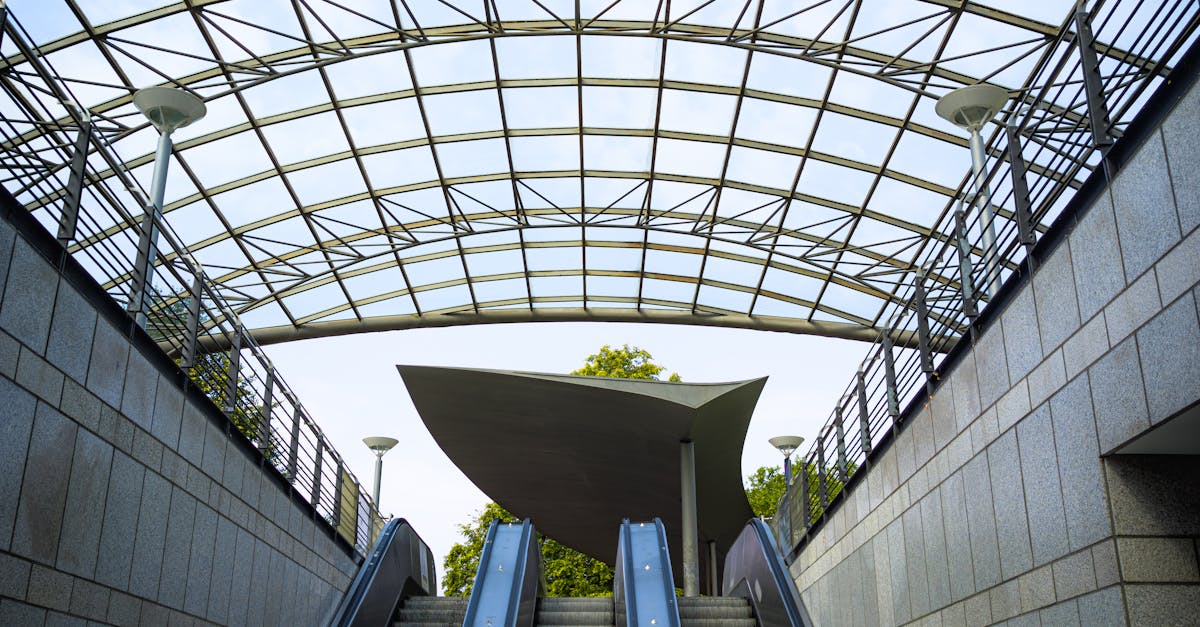
Pros and Cons of Aluminum Roofing
Resistance to Corrosion
Aluminum is naturally resistant to corrosion due to the formation of a protective oxide layer on its surface. This characteristic makes it an ideal choice for roofing materials, particularly in environments that see high levels of moisture or varying temperatures. Unlike traditional roofing materials such as steel, aluminum does not rust and can withstand exposure to harsh chemicals and salt, which is particularly beneficial in coastal areas.
The longevity of aluminum roofing largely hinges on its ability to resist deterioration over time. Homeowners can expect minimal maintenance requirements attributed to this corrosion resistance. Additionally, manufacturers often provide coatings that enhance this property further, ensuring that roofs maintain their structural integrity and aesthetic appeal even under the harshest conditions. This durability translates into a longer lifespan for aluminum roofs compared to less resistant materials, ultimately providing better value for homeowners.
Performance in Harsh Weather
Aluminum roofing exhibits remarkable resilience against extreme weather conditions. Its lightweight nature allows it to withstand heavy rain and snow without suffering significant structural damage. Additionally, the material can handle high winds effectively, reducing the risk of uplift that plagues traditional roofing materials. This durability contributes to longevity, making aluminum a popular choice for areas prone to severe weather events.
Temperature fluctuations also pose challenges for many roofing materials. However, aluminum reflects solar heat, which helps to keep interiors cooler during sweltering summers. In colder months, the material’s ability to shed snow prevents ice damming. Homeowners can benefit from reduced heating and cooling costs, enhancing comfort regardless of the external environment.
Environmental Impact
The use of aluminum roofing is often viewed as an environmentally friendly option due to its inherent sustainability features. This material is lightweight, reducing transportation energy costs. Its longevity means fewer replacements are necessary, which also decreases waste. Additionally, the production of aluminium has become more eco-efficient, with many manufacturers employing recycled materials.
Recyclability is a significant advantage, as aluminum can be reused indefinitely without losing its properties. This cyclical nature significantly lowers the overall carbon footprint associated with roofing materials. By opting for aluminum, homeowners contribute to a more circular economy, reducing reliance on virgin resources and minimising landfill contributions. The shift towards adopting these materials reflects a growing awareness and responsibility towards environmental stewardship.
Sustainability and Recyclability
Aluminium roofing is increasingly noted for its sustainability credentials. The material can be recycled indefinitely without loss of quality, making it an eco-friendly choice. This recycling process significantly reduces energy consumption compared to the production of new aluminium. Many roofing options incorporate recycled content, further minimising their environmental footprint.
In addition to its recyclability, aluminium roofs have a long lifespan, with many lasting over 50 years. This durability reduces the frequency of replacements and the associated waste generated from discarded roofing materials. Choosing aluminium roofing contributes not only to waste reduction but also supports a circular economy by keeping materials in use for longer periods.
Fire Resistance
Aluminium roofing offers significant advantages in fire resistance compared to traditional roofing materials. Its non-combustible nature means it does not ignite or contribute to the spread of flames, providing added safety for residential and commercial properties. This quality can be particularly beneficial in areas prone to bushfires, where protecting structures from extreme heat and potential ignition sources is crucial.
In addition to its inherent properties, aluminium roofing is often treated with special coatings that enhance its durability and thermal performance. These coatings can help reflect heat and reduce the risk of developing hotspots on the roof surface. By mitigating the effects of extreme temperatures, aluminium roofs not only enhance safety but also contribute to the overall longevity of the building structure.
Safety Features
Aluminium roofing offers remarkable fire-resistant qualities. It does not ignite easily and can withstand high temperatures without warping or melting. This inherent property not only enhances the safety of homes but also provides peace of mind to homeowners in bushfire-prone areas. Additionally, its lightweight nature contributes to the overall structural integrity of buildings, reducing the risk of damage from heavy debris during storms.
In terms of impact resistance, aluminium roofs can endure severe weather conditions. They are less likely to crack or break under hail or falling branches, which is a considerable advantage for protecting the building and its occupants. Moreover, the material’s durability ensures a longer lifespan, translating to fewer replacements and reduced maintenance costs over time. This combination of attributes makes aluminium roofing a sound choice for ensuring safety and longevity in any residential or commercial setting.
FAQS
What are the main advantages of aluminium roofing?
Aluminium roofing is lightweight, resistant to corrosion, and performs well in harsh weather conditions. It is also fire-resistant and can enhance the aesthetic appeal of a building.
How does aluminium roofing perform in severe weather conditions?
Aluminium roofing is known for its durability and resistance to extreme weather. It can withstand high winds, heavy rain, and snow, making it a suitable choice for various climates.
Is aluminium roofing environmentally friendly?
Yes, aluminium roofing is environmentally friendly as it is both sustainable and recyclable. The production process has a lower carbon footprint compared to other materials, and aluminium can be recycled repeatedly without losing its properties.
Can aluminium roofing protect against fires?
Absolutely. Aluminium is a non-combustible material, which means it does not ignite and can help prevent the spread of fire, providing an added layer of safety for your home.
What are the potential downsides of aluminium roofing?
While aluminium roofing has many benefits, some drawbacks include its higher initial cost compared to other materials and the potential for denting from hail or falling debris. It’s important to weigh these cons against the long-term advantages.
Related Links
Installation Process for Aluminum RoofingLong-Term Performance of Aluminum Roofing
Comparing Aluminum Roofing to Traditional Roofing Materials
Design Options for Aluminum Roofing
Cost Analysis of Aluminum Roofing vs Other Metal Roofing Types
Environmental Benefits of Aluminum Roofing
Understanding the Durability of Aluminum Roofing
Maintenance Tips for Aluminum Roofing